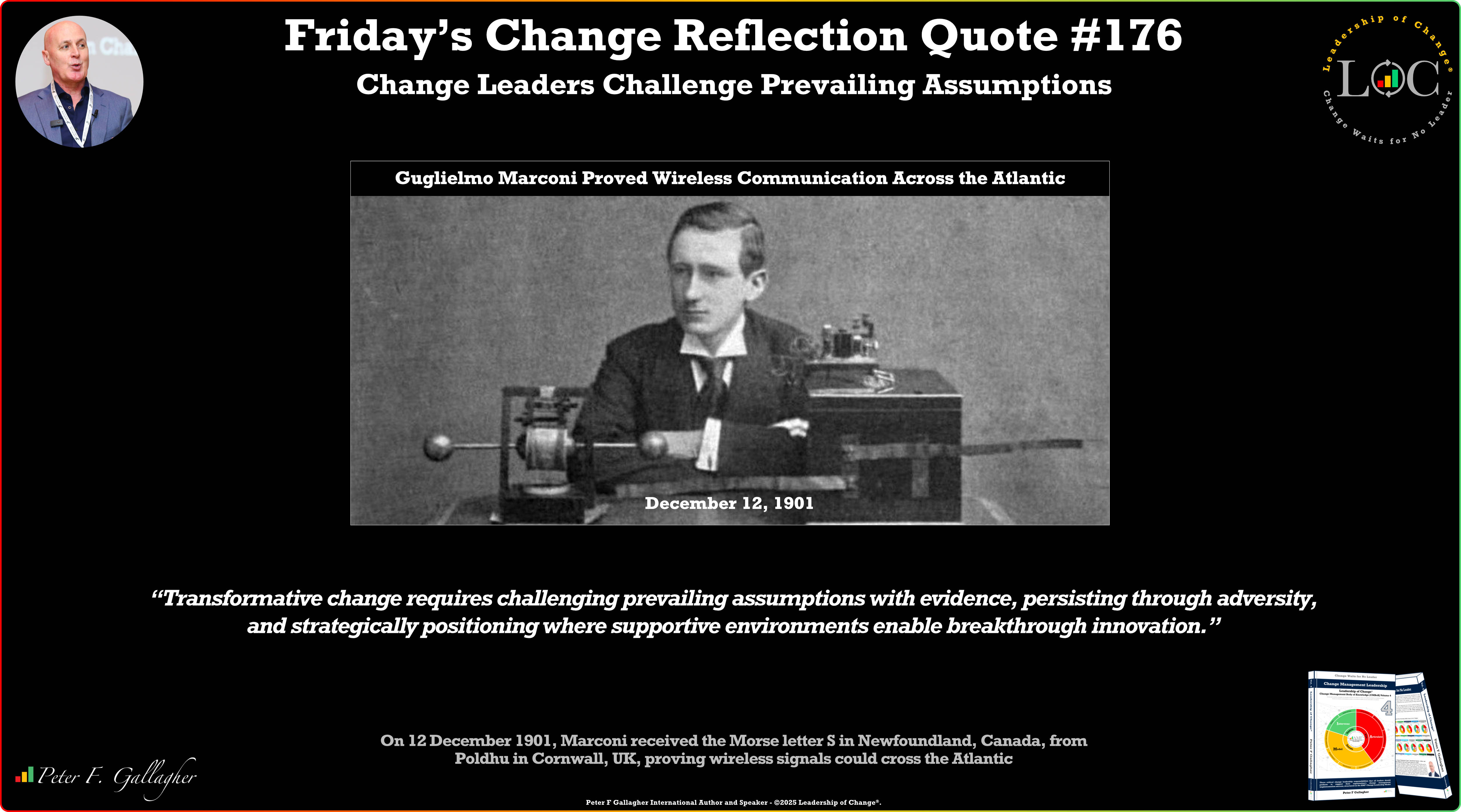May28

Transformation doesn’t fail because people don’t care.
It fails because they don’t know where to start.
I’ve worked across banking, marine offshore, and complex shared services. And in every transformation effort, one pattern repeats:
Urgent goals.
Overstretched teams.
Endless meetings trying to fix everything at once.
The result?
Inertia.
Because the more we try to move everything, the less we move at all.
I first learned this during my Six Sigma Green Belt training at GE Capital. We were taught the Pareto Principle: the 80/20 rule.
Back then, it felt like a project management tool.
Today, I see it as a leadership mindset.
Focus on the 20% of problems causing 80% of the friction.
Don’t solve everything.
Solve what matters most—and solve it well.
That single discipline has made the difference in every high-stakes transformation I’ve led since.
The biggest myth in transformation is this:
"Once we’re clear, we’ll act."
But real-world transformation rarely gives you perfect clarity. The stakes are too high. The pressure is too constant. The variables shift too fast.
So leaders wait. Teams stall. Projects drag.
The irony?
Clarity often comes after the first move, not before.
Let’s be clear: decisiveness isn’t about gut calls or bravado.
It’s about choosing impact over noise, even when you don’t have all the data.
Decisiveness means:
Acting when you’re only 60% clear
Prioritizing what unlocks momentum
Letting some fires burn, so the right one gets extinguished
I’ve been in boardrooms where everyone could sense the urgency… but no one wanted to name it.
I’ve seen projects with perfect rollout plans collapse under the weight of indecision.
And I’ve also seen what happens when one person makes a clear, imperfect move that shifts everything.
If you’re in the middle of change right now, pause and ask:
What’s the one decision that would unblock progress?
What’s the one thing you’ve been waiting to get 100% clear on… that could be actioned at 60%?
And what’s one thing you’re solving that could wait?
That’s where real movement begins. Not with perfection. With a deliberate, timely act.
We love stories of sweeping transformation. But in real life?
The turning point is often a single, sharp choice that breaks the cycle of waiting.
In high-stakes work, decisiveness isn’t a trait reserved for confident personalities.
It’s a strategic skill.
A survival mechanism.
A professional responsibility.
And it’s what separates transformation that stays stuck… from transformation that actually happens.
Keywords: Leadership, Change Management, Transformation
 Data Isn’t the Problem. Alignment Is.
Data Isn’t the Problem. Alignment Is. Friday’s Change Reflection Quote - Leadership of Change - Change Leaders Challenge Prevailing Assumptions
Friday’s Change Reflection Quote - Leadership of Change - Change Leaders Challenge Prevailing Assumptions The Corix Partners Friday Reading List - December 12, 2025
The Corix Partners Friday Reading List - December 12, 2025 Measuring the True ROI of Automated Claims Processes: Beyond Speed and Cost
Measuring the True ROI of Automated Claims Processes: Beyond Speed and Cost The New Silicon Frontier: Specialization and the Diverse Landscape of AI Chips
The New Silicon Frontier: Specialization and the Diverse Landscape of AI Chips